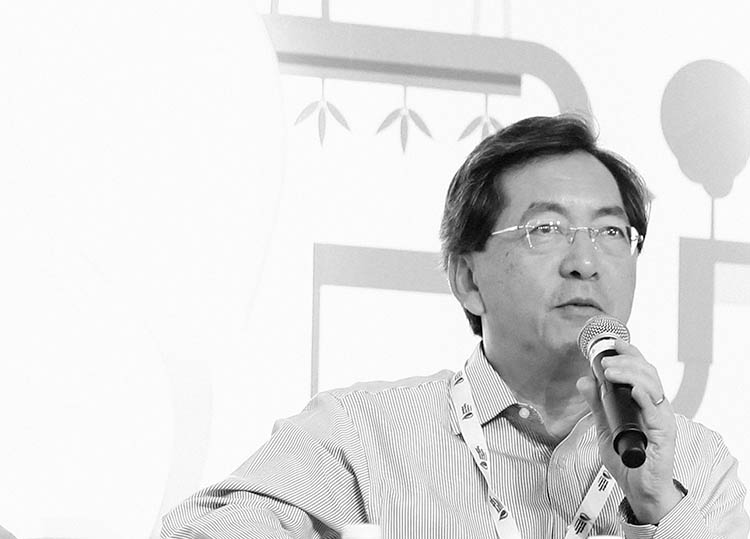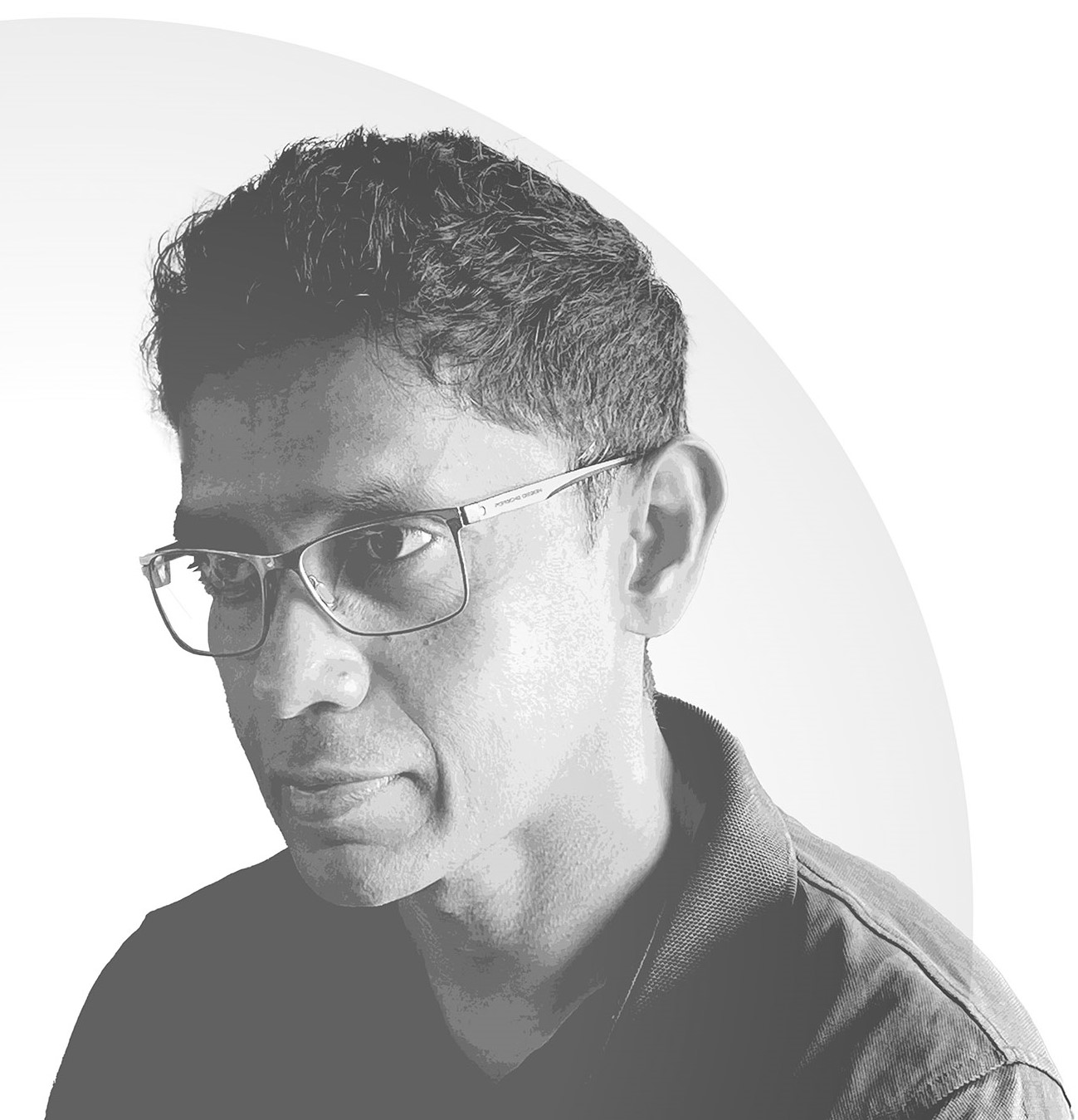Dr John Keung
July 26, 2017
NK: In your 11 years as CEO, what have been the most significant achievements?
JK: The concept of sustainable development was put in place in Singapore decades ago. When it came to buildings, we introduced the Green Mark scheme which, though basic and preliminary, was a step in the right direction. With this, we started to look at not just energy efficiency but also water conservation, indoor environmental quality (IEQ), recycling, etc.
The industry at the time was very concerned about cost. When you go Green, you pay extra. Is it worthwhile? Nobody then really talked about the value of Green buildings in terms of energy savings, better IEQ, healthier workplaces and living spaces, and so on.
In 2008, we got parliament to pass the legislation that required all new projects and those undergoing major retrofitting to meet the basic Green Mark requirement. We also got the public sector to walk the talk. The government as a whole, took the lead, with new government projects aiming for the BCA Green Mark Platinum rating.
But getting the private sector to achieve minimum Green Mark standards was not good enough. We convinced the government to set aside $20 million in cash incentives. It was not much but it helped to nudge many to go beyond the minimum requirement. The $20 million was taken up very quickly. As a result, we saw many buildings in the private sector going for the highest Green Mark Platinum rating.
NK: What has been the net impact of Green Mark on, say, national energy consumption or water use?
JK: One could approach this in different ways. We could look at the cost of going Green and the payback period, which has been dropping consistently in the past few years. When the cost premium is reduced, you have a shorter payback period. Once, it took us five to eight years to recuperate the investment on a Green Mark Platinum building; now it’s two to five years.
We have also got the National University of Singapore (NUS) and the top six real estate consultancy firms to carry out a study on the property value of Green versus non-Green buildings, which concluded that there is at least a 2-percent gain in the value, due to energy savings, etc.
NK: Has there been evidence of other benefits from Green Mark, say, well-being or the productivity of occupants?
JK: We are carrying out a longitudinal study of occupant health and well-being within Green Mark-certified buildings, where we use proxy measures like absenteeism of occupants as an indicator for wellness. We’ve chosen to evaluate these ourselves (the BCA) after we moved from the MND Complex to the Jem building. At this point, I can say conceptually that these are the benefits but to prove it, we have to wait till the outcomes of the study.
NK: When Green Mark was launched, there were criticisms that it was prescriptive and energy-centric. There seems to have been a shift towards the qualitative in the latest version. ‘Biophilic design’, for instance, is now mentioned as a criterion. What is the thinking here?
JK: Energy efficiency is still a key issue but I see this as an evolution; we are adjusting the assessment tool to explore other areas that are equally important, like well-being, health, etc. In the third Green Building Master Plan, the focus is on tenants because energy consumption is strongly linked to their usage within a certified building.
To read the complete article, get your hardcopy at our online shop/newsstands/major bookstores; subscribe to FuturArc or download the FuturArc App to read the issues!
Previously Published FuturArc Interview
Contact us at https://www.futurarc.com/contact-us for older interviews.



